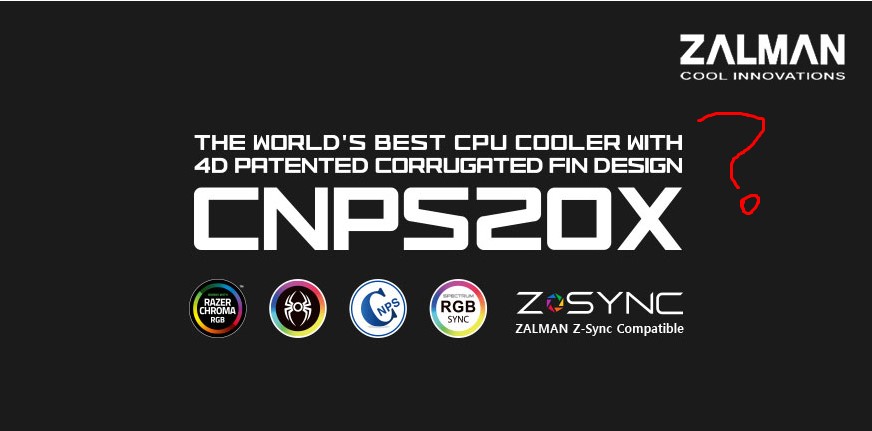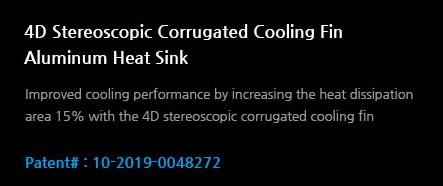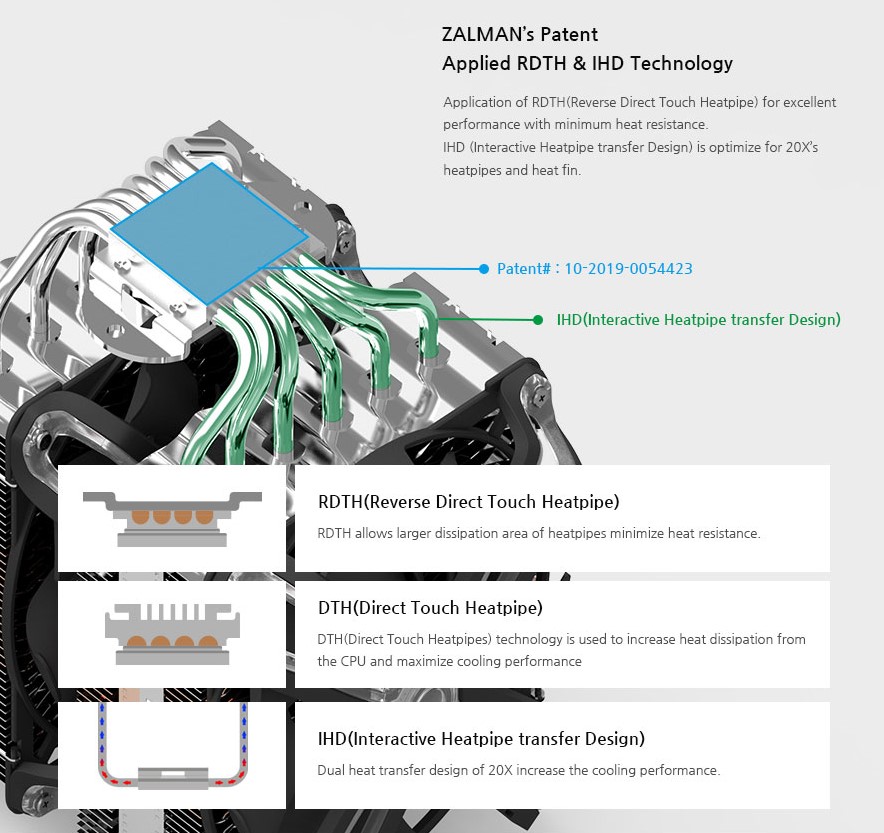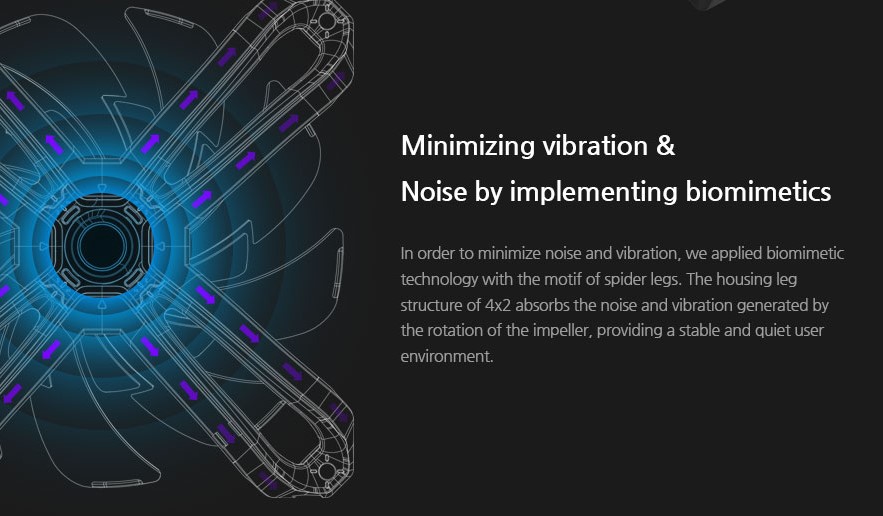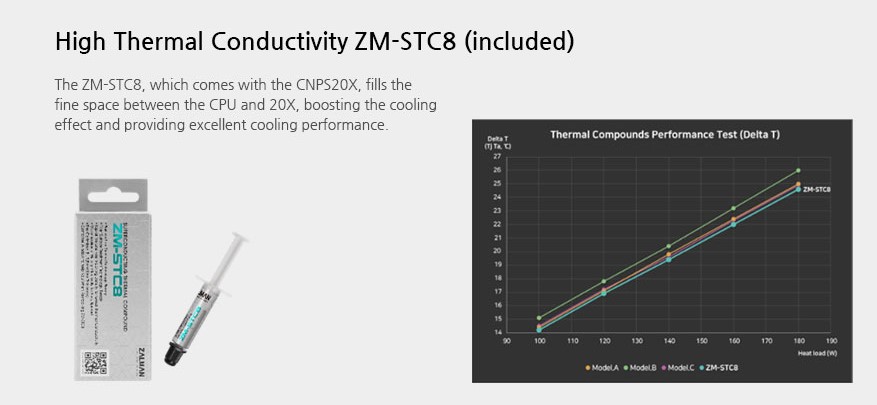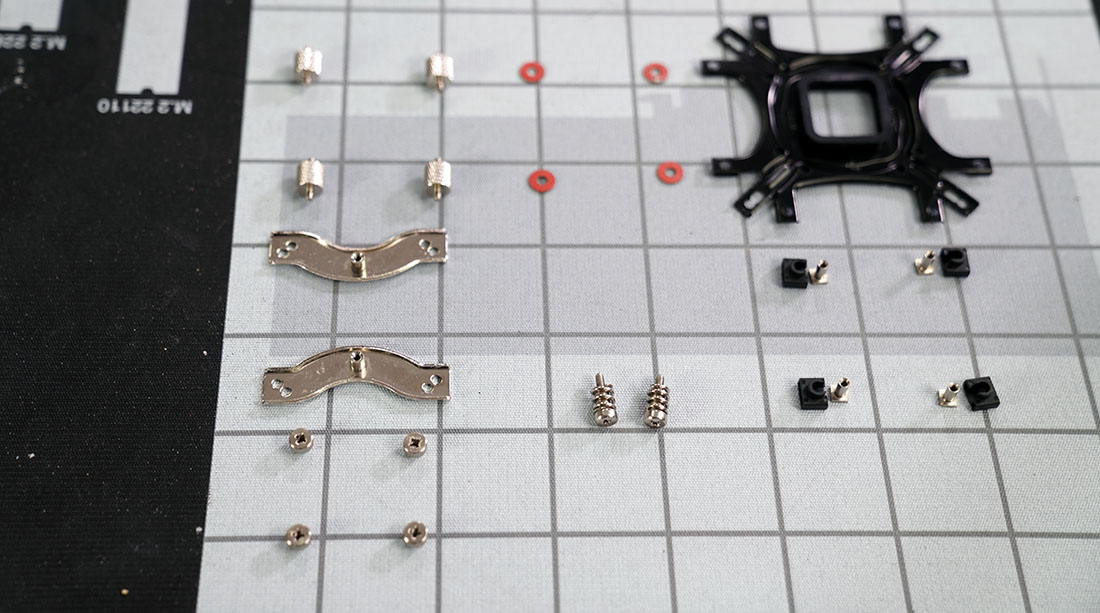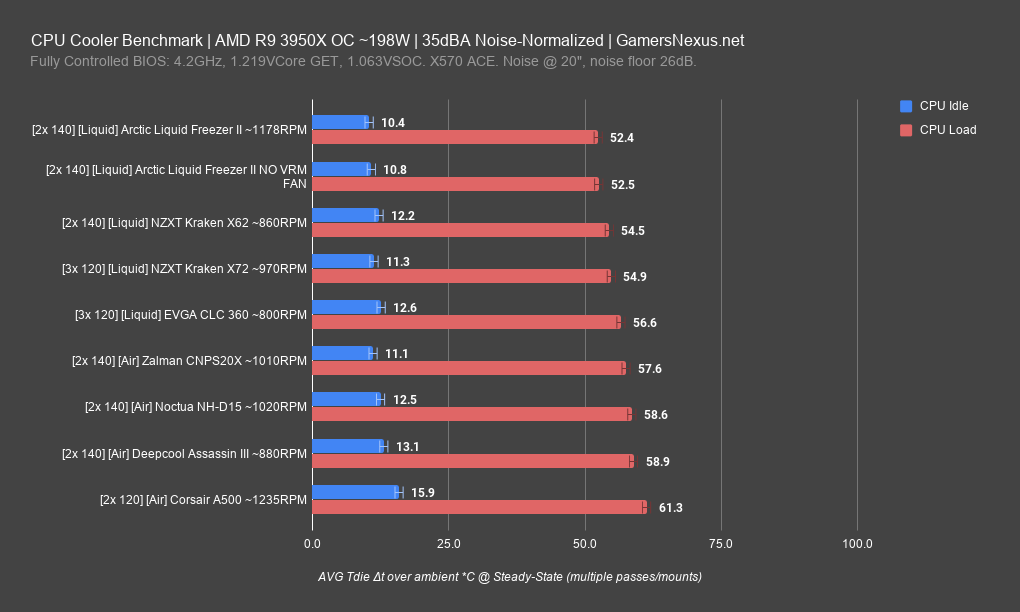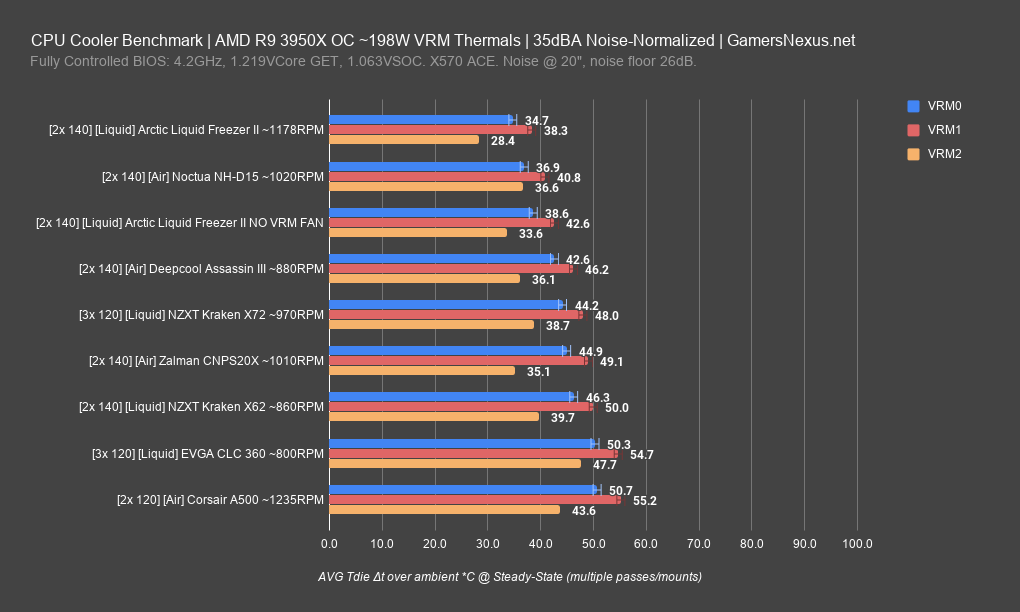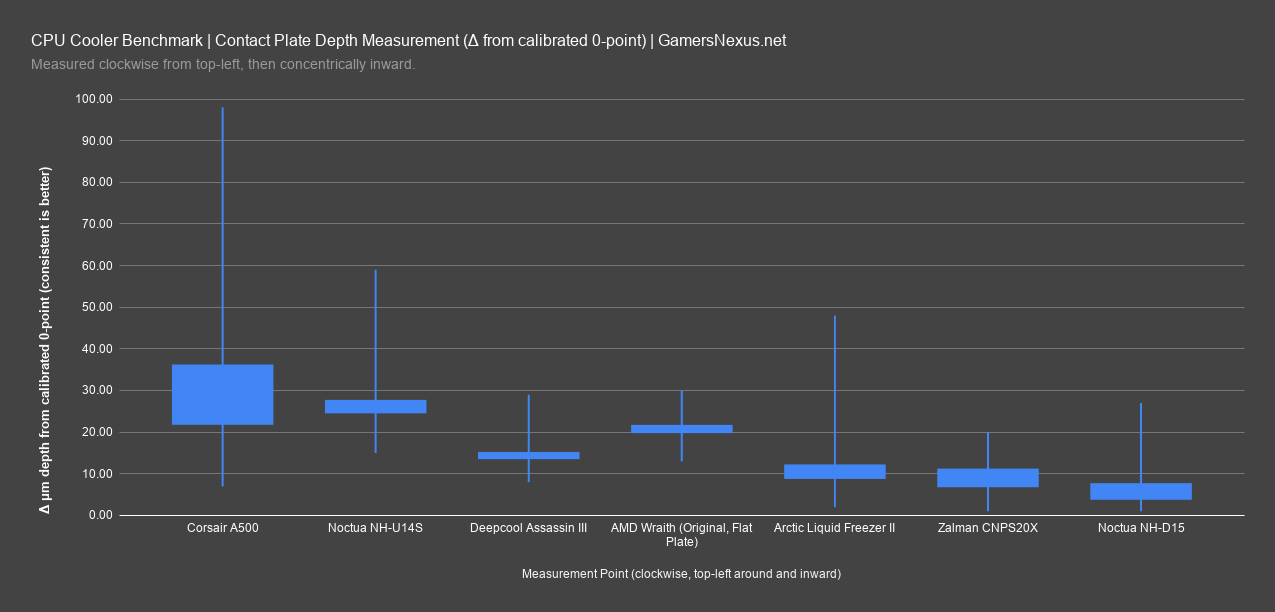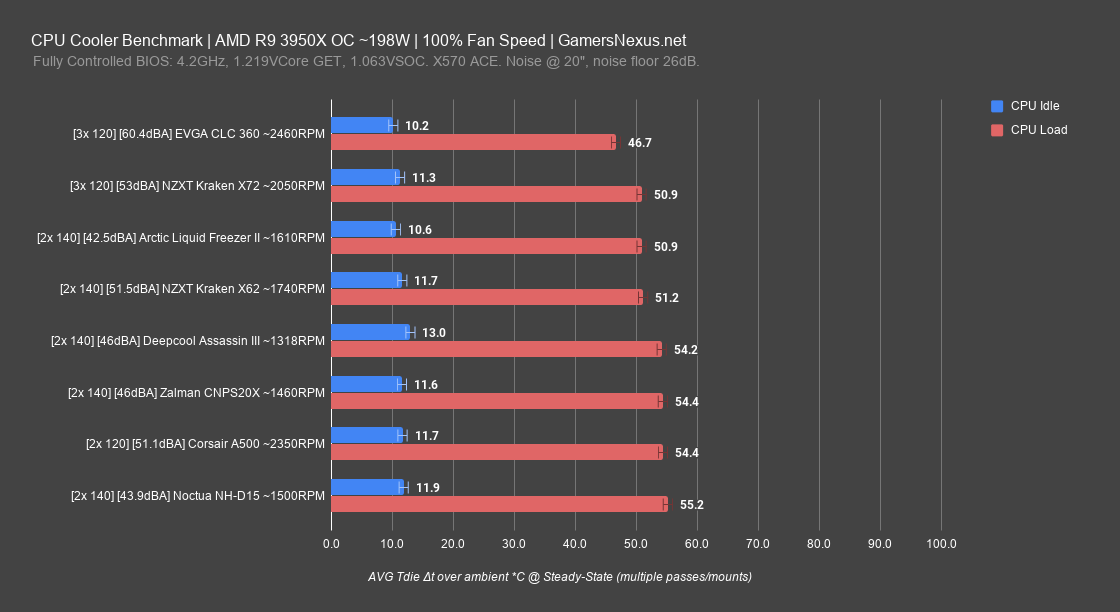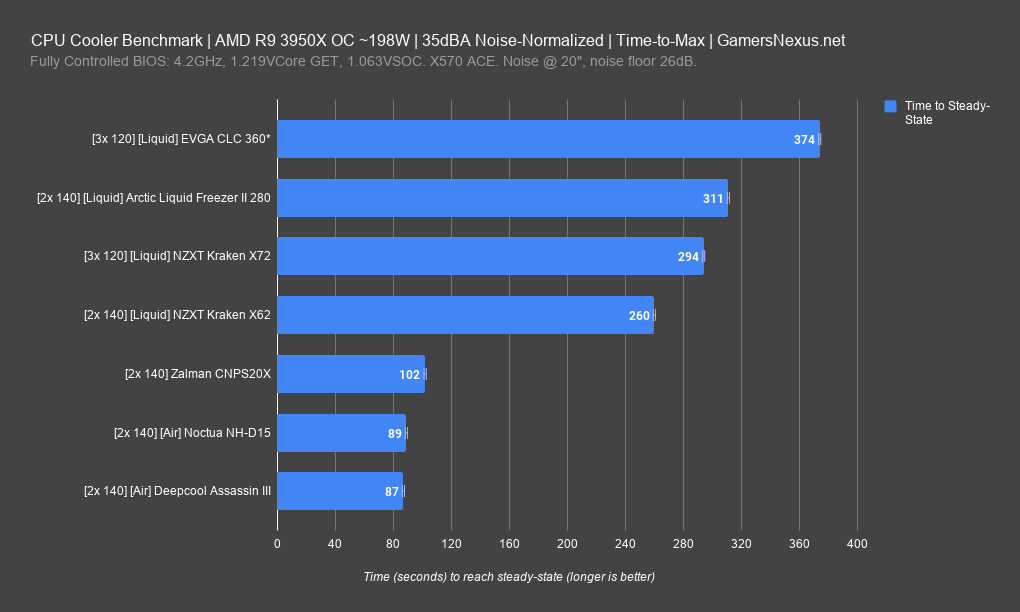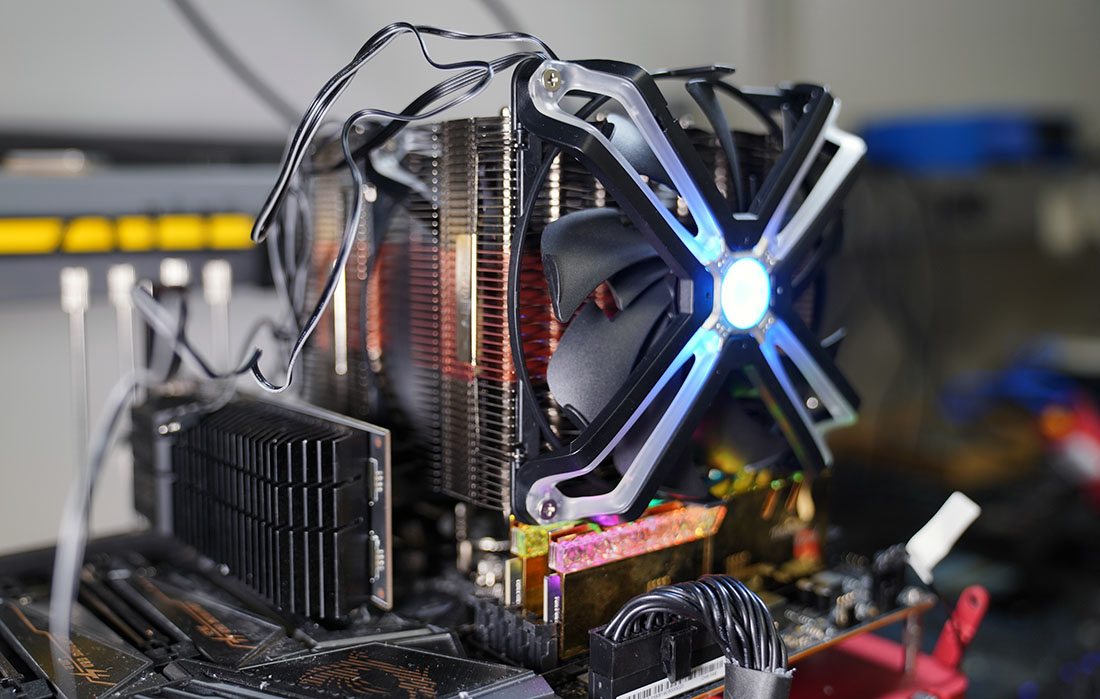Zalman CNPS20X CPU Cooler Review & Benchmark vs. Noctua NH-D15, Arctic Liquid Freezer II
Posted on
The last time we worked with Zalman on a review ended with the company offering to "buy advertising" in exchange for us taking down the review. That was for the company’s Zalman R1 case, which we published in 2015 and which is still live. That was just 6 months after Zalman defaulted on a ~3 billion won loan and had its export and accounting documents forged by its parent company, done to fake higher profits than reality and receive large bank loans. That phone call we received was also right around the time that Zalman’s former parent company, Moneaul, had its CEO sentenced to a record-setting 23 years in prison in Korea for defrauding banks for loans. The parent company owed over $31 million USD in damages, folded, and left Zalman unsupervised to try and fix its reputation.
Zalman apparently thought that offering to buy $500 of advertisements in exchange for taking a review down was a good way to do that, and so we swore them off and never worked with them again. We wrote about this around the time it happened, but did not name Zalman directly at time of writing. It was more of a warning shot to the industry not to engage in that sort of behavior. In the time since, Zalman has changed ownership and its PR and marketing staff has changed, so we’re willing to give them another shot. We can’t ever forget what functionally amounted to, in our opinion, an attempted bribe to take down a negative review, but we can try to look at Zalman as a new company. That’s what it claims to be, anyway. The company’s newest product is its CNPS 20X tower cooler, which we've purchased for review today against other big air coolers and liquid coolers. Competing products include the Noctua NH-D15, Deep Cool Assassin III, Corsair A500 (if you can call it “competition”), and Arctic Liquid Freezer II 280.
We’ve got a lot of thermal performance in a highly-controlled test environment today, but we need to start with the marketing of this cooler, which makes some fantastical claims.
If you try to research the Zalman CNPS 20X, you might search for something like “Zalman CNPS 20X” on Google, which brings you to a helpful Not Found page. You might next try to go to Zalman.com/en, click on CPU coolers, and then click on the CNPS 20X, but you’d be a fool for doing so because that link also doesn’t work. Eventually, we found our way over to the page for the new cooler and read through the marketing.
This cooler’s primary feature is its partial inclusion of copper fins in the center, more for marketing than anything, and its next most prominent feature is the fan design. The company claims that the cooler uses “reverse direct touch” heatpipes, also known as a nickel-plated coldplate, which makes extraordinary claims of a “20x” increase in cooling performance. Zalman also decided to break the laws of physics by creating a finstack which is somehow both “4-dimensional” and “stereoscopic” simultaneously, which we’re pretty sure makes it actually 8-dimension since stereoscopic is the amalgamation of two photographs, and 2x4 is 8.
The “4D stereoscopic corrugating cooling fin aluminum heatsink” might sound like a lot of words that were on a dartboard and strung together, but it actually means something really important. Unfortunately, we can’t tell you what that is, but we promise that it’s definitely not made-up.
The next marketing point pertains to Zalman’s fans, which it says “minimize vibration & noise by implementing biomimetics,” showing that Zalman’s marketing team dove just as deep into the thesaurus as Moneaul did into other people’s pockets. Biomimetic is defined as “relating to or denoting synthetic methods which mimic biomechanical processes,” which Zalman applies to its fans. Zalman says that it “applied biomimetic technology with the motif of spider legs,” claiming that the large amount of plastic obstructing intake and the lack of a frame is used to minimize vibration. We’ll see how that holds up to testing later.
Finally, we’d be remiss to leave out the emphasis on LEDs. Zalman says it best, claiming, quote: “RGB LEDs utilizing the straightness characteristic of LEDs are placed in the housing to realize a distinctive LED pattern.”
Our testing uses a standardized thermal paste for fairness and accuracy, but Zalman includes a tube of thermal paste that claims to be a “superconductor,” but we’d assume not that kind of superconductor. Either way, Zalman’s chart is confidence-inspiring because its scale starts at 14 and ends at 27 degrees, and each line on the chart is a 1-degree increase, causing a delta of 1C to look massive.
Installation: 26 Pieces of Hardware
We need to also look at installation prior to getting into the test data. Although Zalman’s marketing seems like it’s overly complicated for a cooling product, its installation makes the marketing look trivial. The Zalman CNPS 20X requires 26 pieces of hardware to install, making it one of the most needlessly complicated CPU coolers we’ve ever worked with.
The backplate requires four threaded screws to be passed through, each of which needs to be capped with its own plastic housing to hold the screw in place. Once this is done, a piece of rubber has to be installed on the backplate to prevent it from creating a direct short on the back of the motherboard. The next step is to install four washers on the top of the motherboard, then four screws, then two supports, then four cap screws, then the cooler, then two spring-tensioned screws, and then you’re mostly done, other than wiring-up the fans.
This is the most convoluted solution possible for a simple air cooler. Fortunately, you only have to install a cooler once, in most instances, so it’s only going to be inconvenient one time. That doesn’t make the design less bad.
Testing Methodology
To learn about our test bench and testing procedures, please see our detailed testing methodology article or video.
AMD R9 3950X 35dBA
The first test is our 35dBA noise-normalized test on the 3950X, which is about a 200W heat load. For this one, coolers are left completely stock, including their original fans, except have their noise level adjusted to meet a uniform 35dBA across all tested devices. The system is completely controlled for all voltages, frequencies, and other parameters, as is ambient temperature and the room. Between the 100%, 35dBA, and two CPUs we tested on, the Zalman cooler has undergone about 26 test passes – one for each piece of mounting hardware to install the cooler.
Here’s the first chart. For this one, the Zalman CNPS20X at 35dBA matched the performance of the Notcua’s NH-D15; the two coolers are within our 1-degree of error. The Zalman unit, in spite of all its marketing trying to make it sound questionable, is actually not bad from a CPU cooling performance standpoint. It’s not able to break away from the rest of the large air coolers, but it’s also not getting dragged along the ground like the Corsair A500, which is overly expensive for its relative performance. The Arctic Liquid Freezer II 280 is our chart-topper here, at 52 degrees, posting a 5-degree advantage over the CNPS20X or NH-D15 at a similar price to both. So far, the CNPS20X is doing OK. It’s not miraculous, but it’s also not a meme. Next chart.
VRM Thermals
This one shows the VRM thermals for the same test. Remember that this is a cooler benchmark, not a motherboard benchmark, so our goal is to determine how much the cooler influences airflow around the VRM. Liquid coolers are mounted to the side of the bench, at approximately the same distance as a top-mounted liquid cooler would be in a case, and so are advantaged. We care more about how the big air coolers compare to each other.
The Liquid Freezer II is an unsurprising chart-topper, given that it has a VRM fan dedicated to this purpose. The Noctua NH-D15 is the next-best performer, at 37 degrees, 41 degrees, and 36.6 degrees for our three VRM measurement points. The Zalman CNPS20X has roughly the same VRM2 measurement reading at 35.1, but manages 9 degrees higher on VRM1 than the NH-D15 and about 5.5 degrees higher on VRM0. None of these numbers are bad since most VRMs will be far away from overheating, like this one is, and a couple degrees won’t normally dictate whether a VRM overheats or doesn’t. A 9-degree difference is starting to get large, though, and that’s a result of limited airflow lower down in the cooler.
Coldplate Levelness
The next test is for coldplate levelness, measured in microns from a known calibrated 0-point. This is the test that more or less sank the Corsair A500 and identified its weak point. The Zalman CNPS20X ends up about where the average is. It’s not terrible, which makes sense given its performance that was about tied with other big air coolers, and it’s also not quite as good as the Deepcool Assassin III’s extreme levelness. The median is about 11 microns for the Zalman cooler, whereas the median for the NH-D15 is about 7.5. The NH-D15’s max value is about 27, as compared to the CNPS20X’s 20 microns.
AMD R9 3950X 100% Speed
The next test is for the 100% fan speed benchmark on the 3950X. This test allows the fans to run as fast as they can, which means we’re no longer controlled at an equal noise level. Anything with louder fans will generally increase in rank, but some are disproportionately loud to the outcome. A dichotomous example of this would be the EVGA CLC 360 and the Corsair A500: The A500 runs at 51.1dBA, but roughly matches the performance of the 43.9dBA Noctua NH-D15. The EVGA CLC 360 wins in a technical sense, but is absolutely unbearable at 60.4dBA when left to full fan speeds. Zalman’s CNPS20X runs at about 54.4 degrees over ambient, putting it alongside the Assassin III, which runs at an equal noise level and about the same thermal performance. It’s alongside the D15 as well, which is 1-degree warmer but at a lower noise level. The liquid coolers, somewhat unsurprisingly, are allowed to run away with the game. The Liquid Freezer II manages 50.9 degrees at a lower noise level than the big air coolers managing 54 degrees.
Time-to-Max
This next chart shows the time required to reach steady state, helping illustrate how quickly a cooler reaches its sustained temperature during a torture workload. The liquid coolers can go about 5 minutes before max, while the air coolers all cluster around 90-100 seconds, so far. The Zalman CNPS20X is outdoing the NH-D15 and Assassin III by about 10 seconds. That’s not a massive gain, but it’s a noteworthy and measurable one.
Conclusion
For other minor details, we noticed an occasional buzzing noise with the fans at higher RPMs. It almost sounded akin to a fan clipping a cable lightly, but the cables weren’t anywhere near the fans. It seems to be a vibrational or resonant noise within the fin stack (or the fan mounting brackets) when at high RPMs.
As a positive note, the fan mounting, aside from potential harmonics issues, is a brilliant system that we think works better than the standard Noctua, Deep Cool, or be quiet! systems. It’s a shame that the Zalman CNPS20X has such a tragically complicated set of mounting hardware, but hopefully the company can work toward improving this as it re-finds its footing. The only upside of the mounting process is that it likely only needs to be done once -- or once every few years -- otherwise it’d more significantly marr the cooler’s viability.
Performance is overall average when looked at in the most objective sense: It’s about where the Noctua NH-D15 is, +/-1C (often better by 1C in a highly-controlled bench, so functionally equal in the real world), it’s also roughly tied to the similarly large Deep Cool Assassin III, and it’s beaten easily by the Arctic Liquid Freezer II closed-loop liquid cooler (280mm). The CNPS20X, therefore, is not ground-breaking and doesn’t eviscerate the long-standing NH-D15, but also doesn’t crumble under design failures like the Corsair A500 did. Thermally speaking, it’s about equally good to the D15. We wouldn’t rush out and buy it as if it’s world-leading in performance, but if you like how it looks better than other large air coolers tested here, and if you simply don’t want the (often) equally-priced Liquid Freezer II 280, then the CNPS20X is a fine choice. Its downsides are primarily ones which don’t impact product performance, like overly stupid marketing and a storied history wrought with bankruptcy, fraud, record-setting prison sentences, and ads in exchange for removing reviews. With Zalman now presumably under completely new management and with new marketing teams, maybe the company can slowly regain trust of the professional reviewer community and work its way back toward being a relatively well-received cooler manufacturer. We can’t ever forget Zalman’s shady past with reviews, but we also are here to review the product first on its performance merits: Assuming the company’s history is truly history, the CNPS20X, strictly from a performance and viability standpoint, is overall “fine.” We don’t have much of a problem with its purchase over nearby competitors, as they’re all about the same on the 3950X bench. We’re not sure how that scales on Intel HEDT, but typically lower power loads (e.g. 3800X) are not as pronounced in their differences as the higher heat loads (e.g. 3950X), so the delta should shrink between coolers as the heat load shrinks, thus further rendering the choice to be one mostly of visual preferences or compatibility.
Editorial, Testing: Steve Burke
Video: Andrew Coleman, Keegan Gallick

